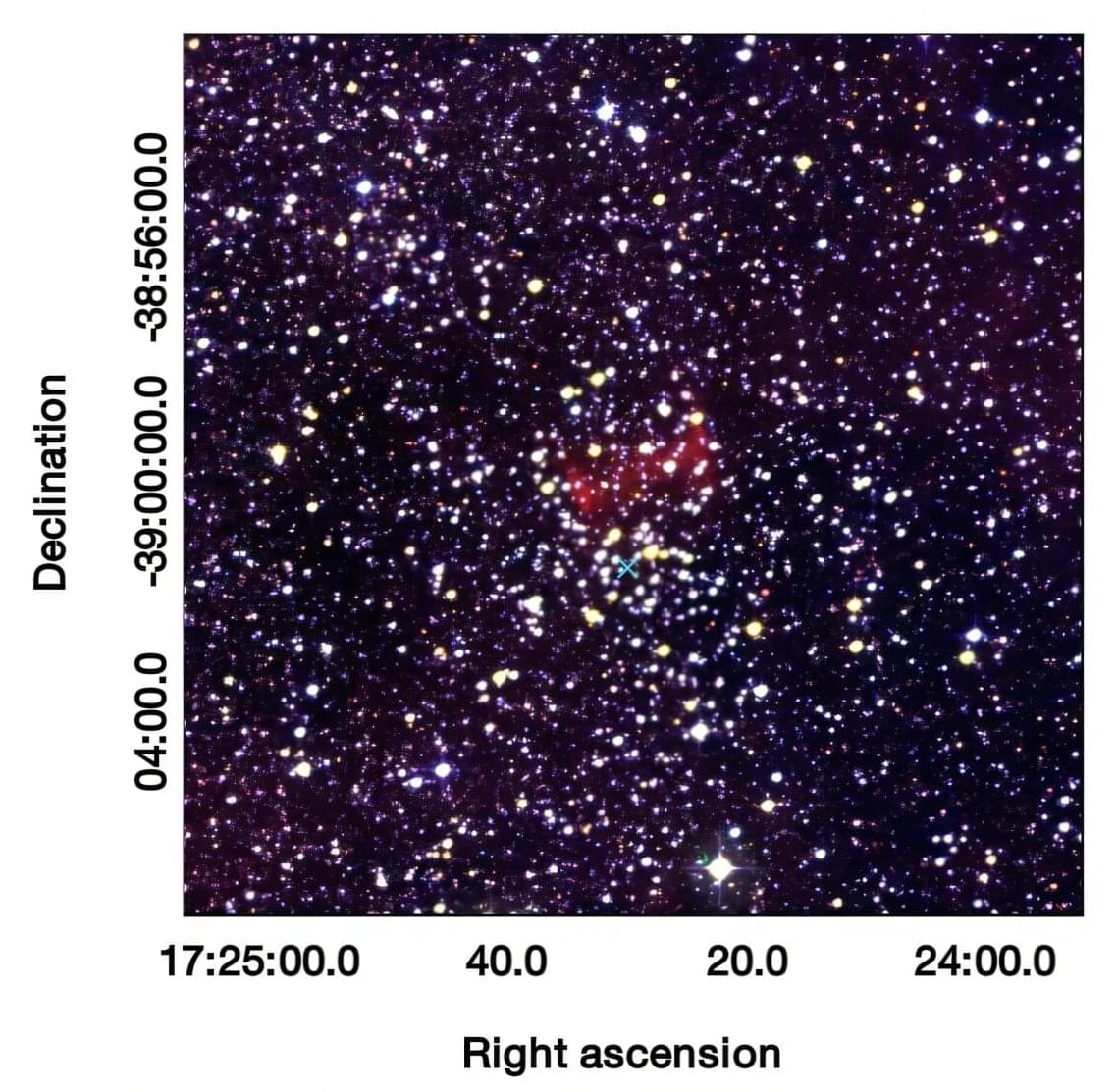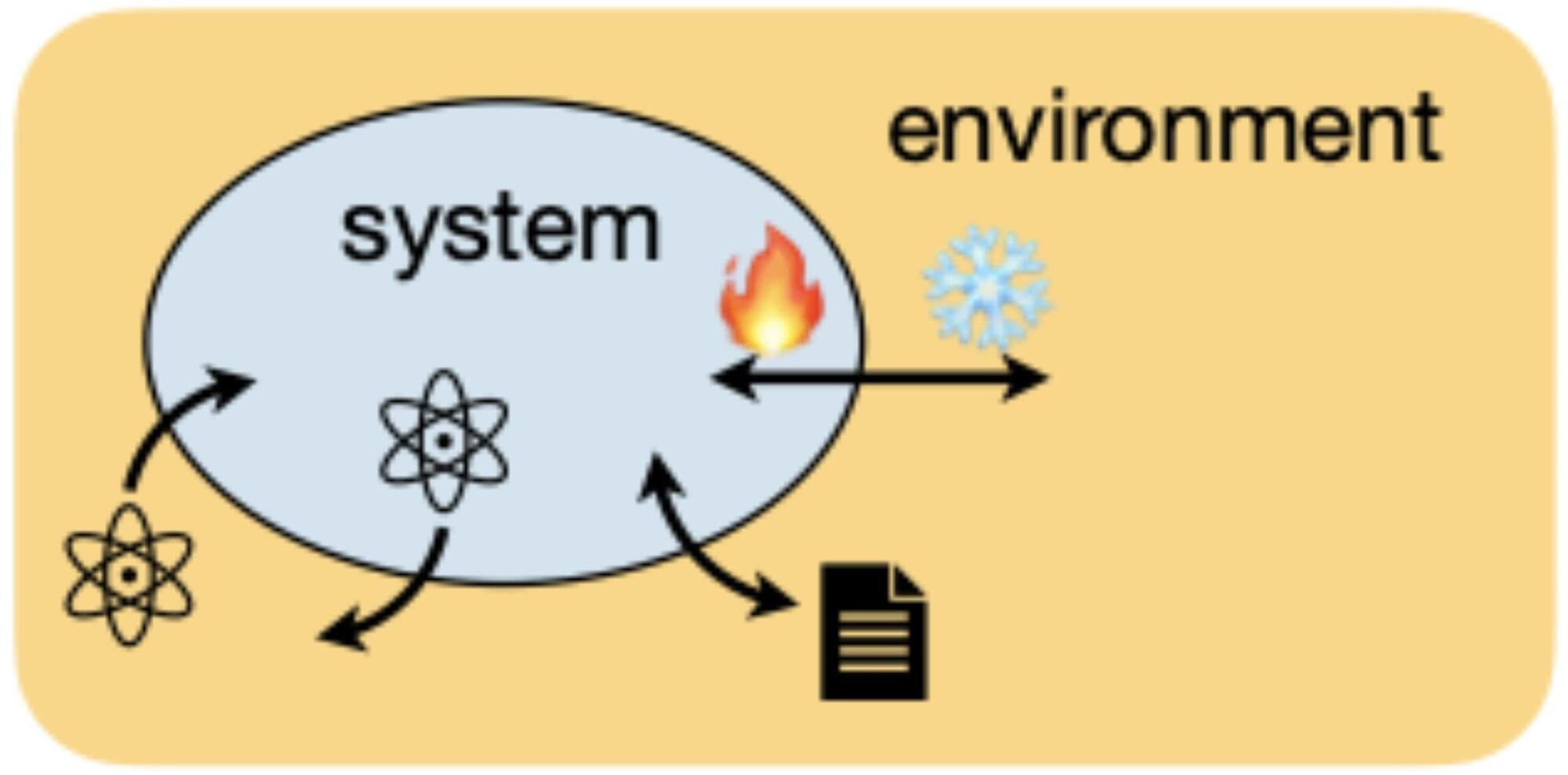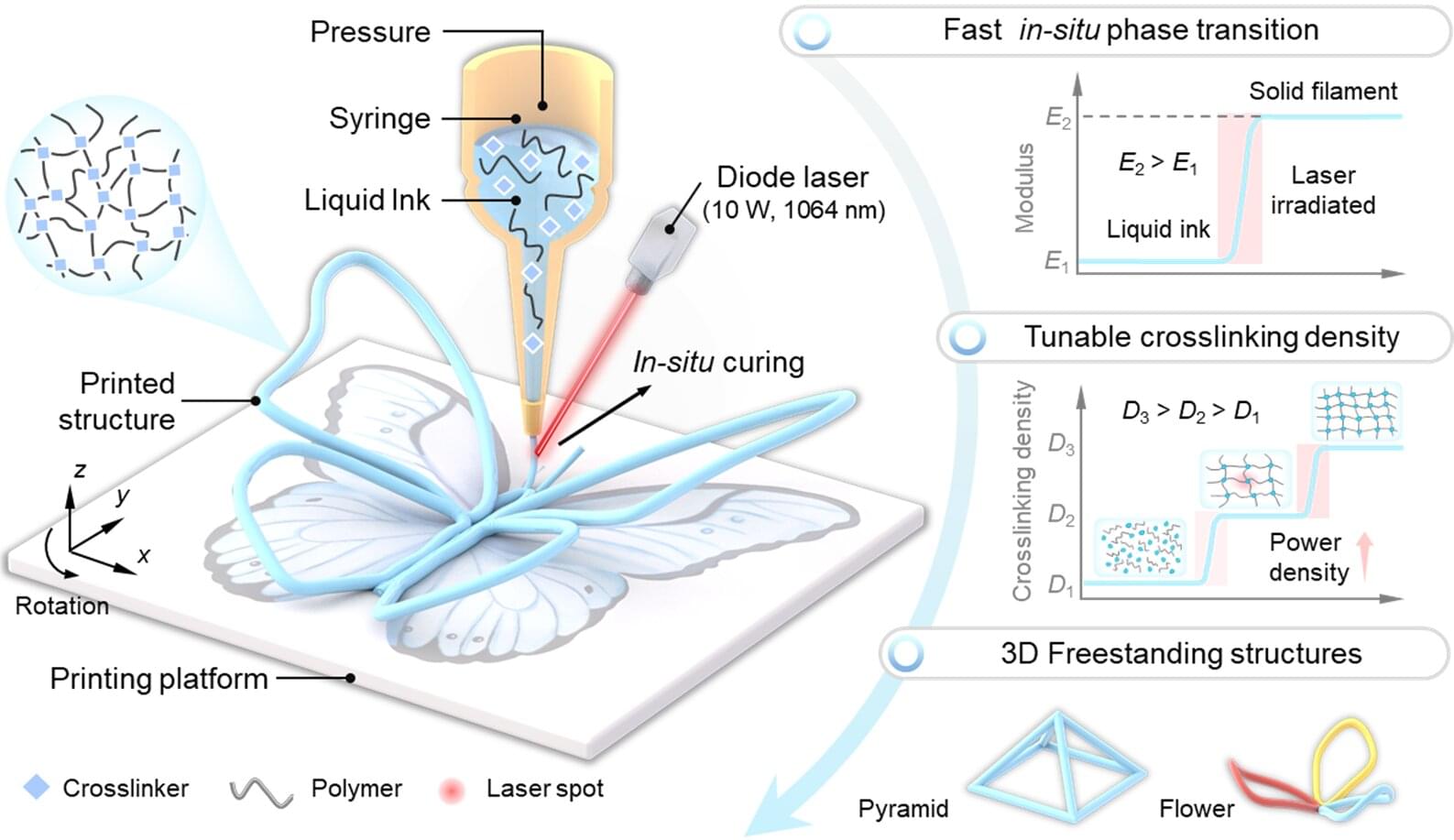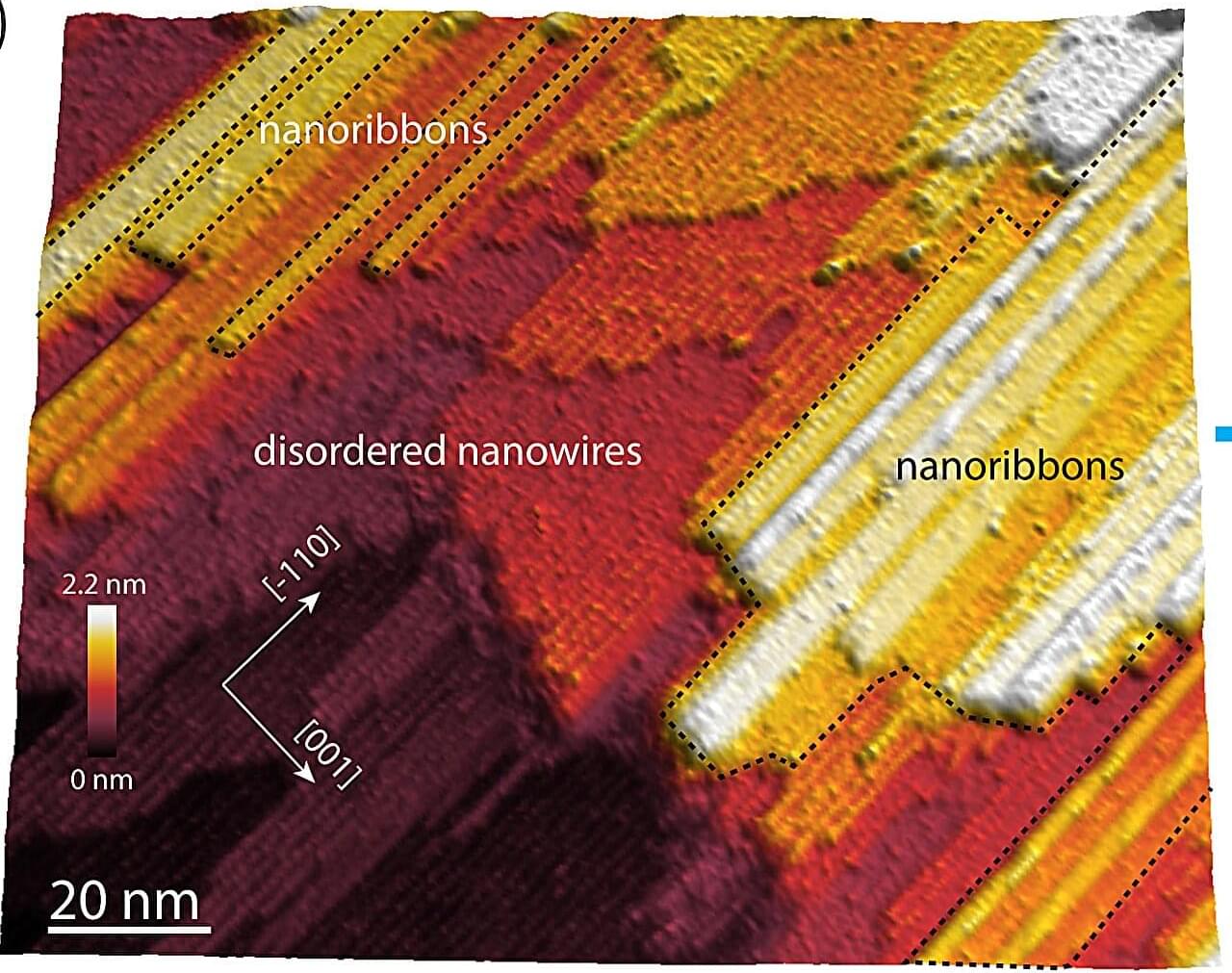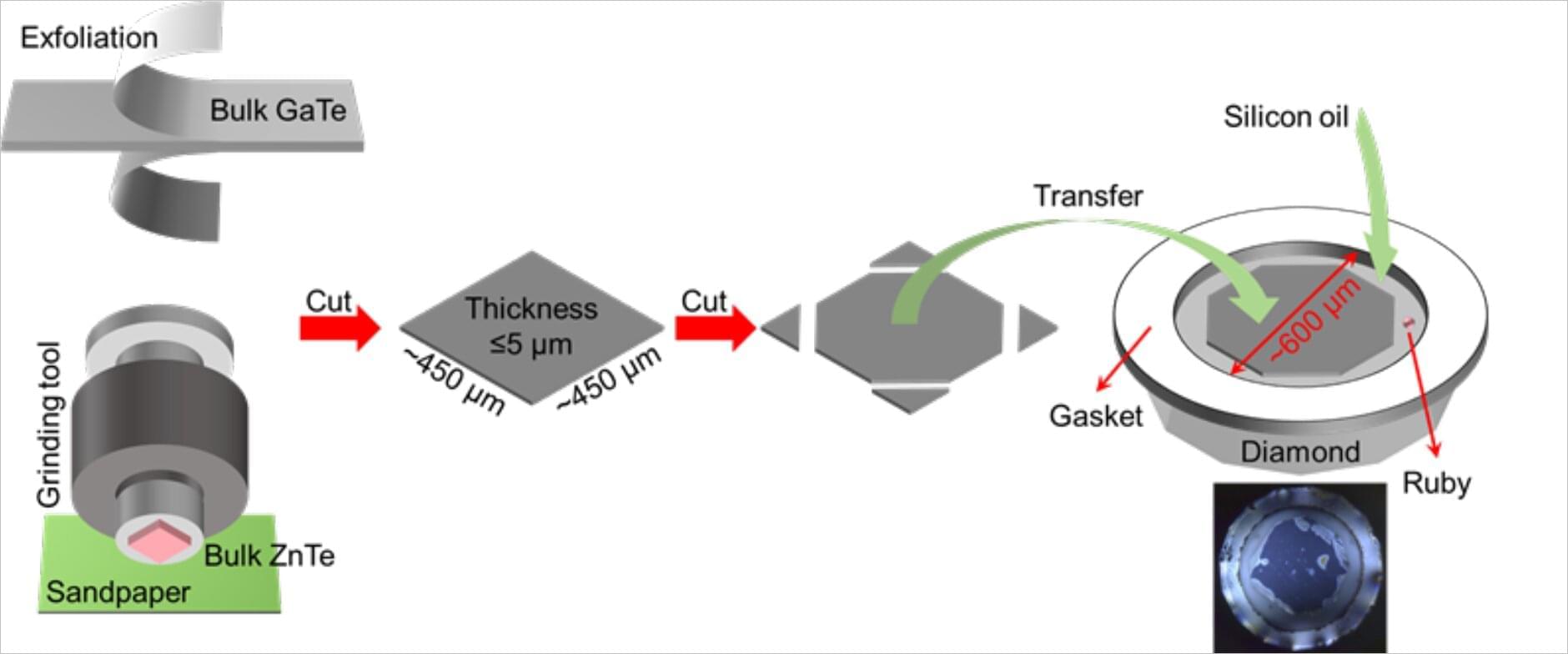Age-related macular degeneration (AMD), a multifactorial type of retinal degeneration represents the most common cause for blindness in elderly. Polymorphisms in complement factor-H increase, while absence of factor-H-related protein-1 (FHR1) decreases the AMD risk, currently explained by their opposing relationship. Here we identify a FHR1-driven pathway fostering chronic cellular inflammation. FHR1 accumulates below the retinal pigment epithelium (RPE) in AMD donor tissue and similarly the murine homolog, muFHR1 is abundant in three AMD-relevant mouse models. These mouse models express the muFHR1 receptor EGF-like module-containing mucin-like hormone receptor 1 (Emr1) on the RPE and on invading mononuclear phagocytes (MP), where both cells form clusters via muFHR1/Emr1.


